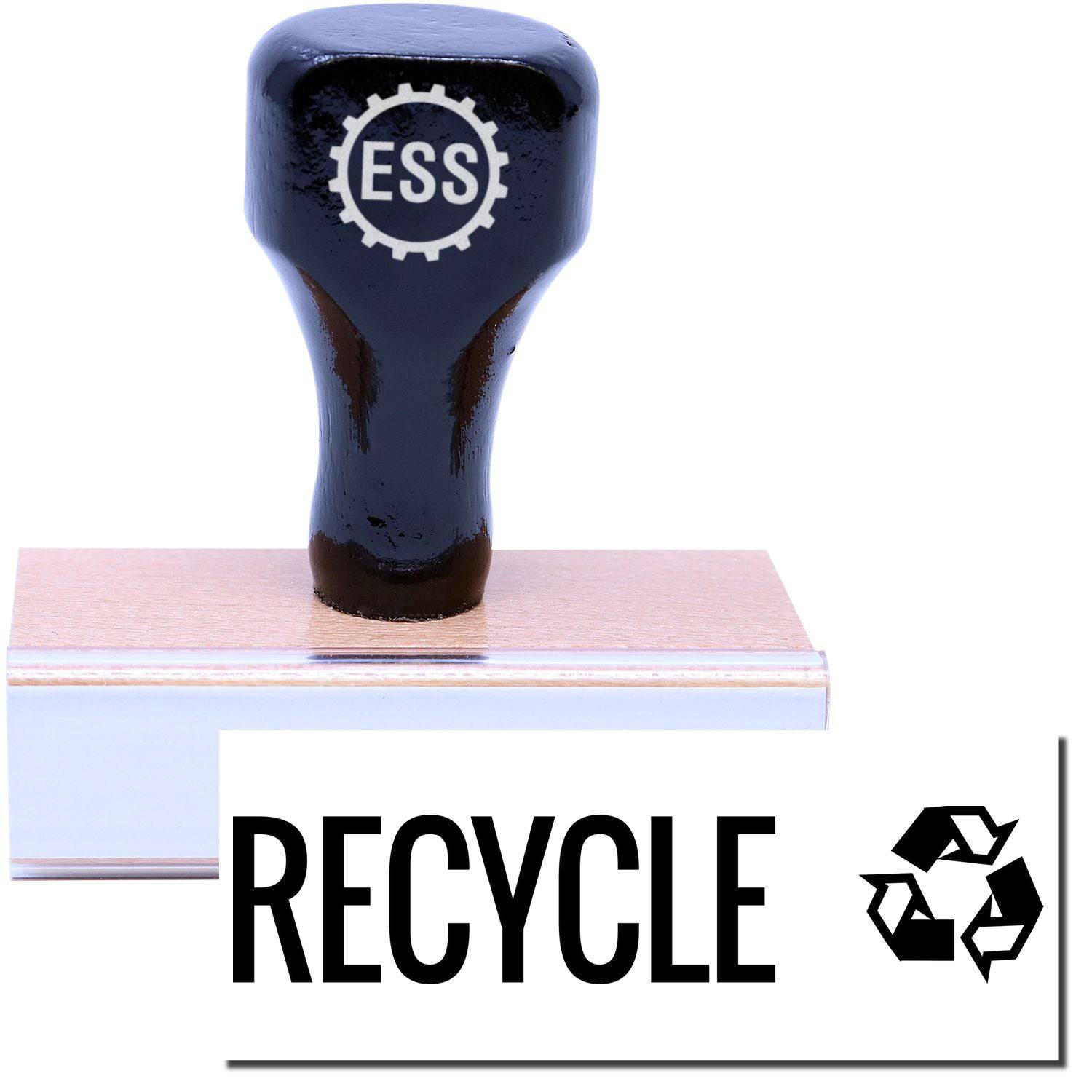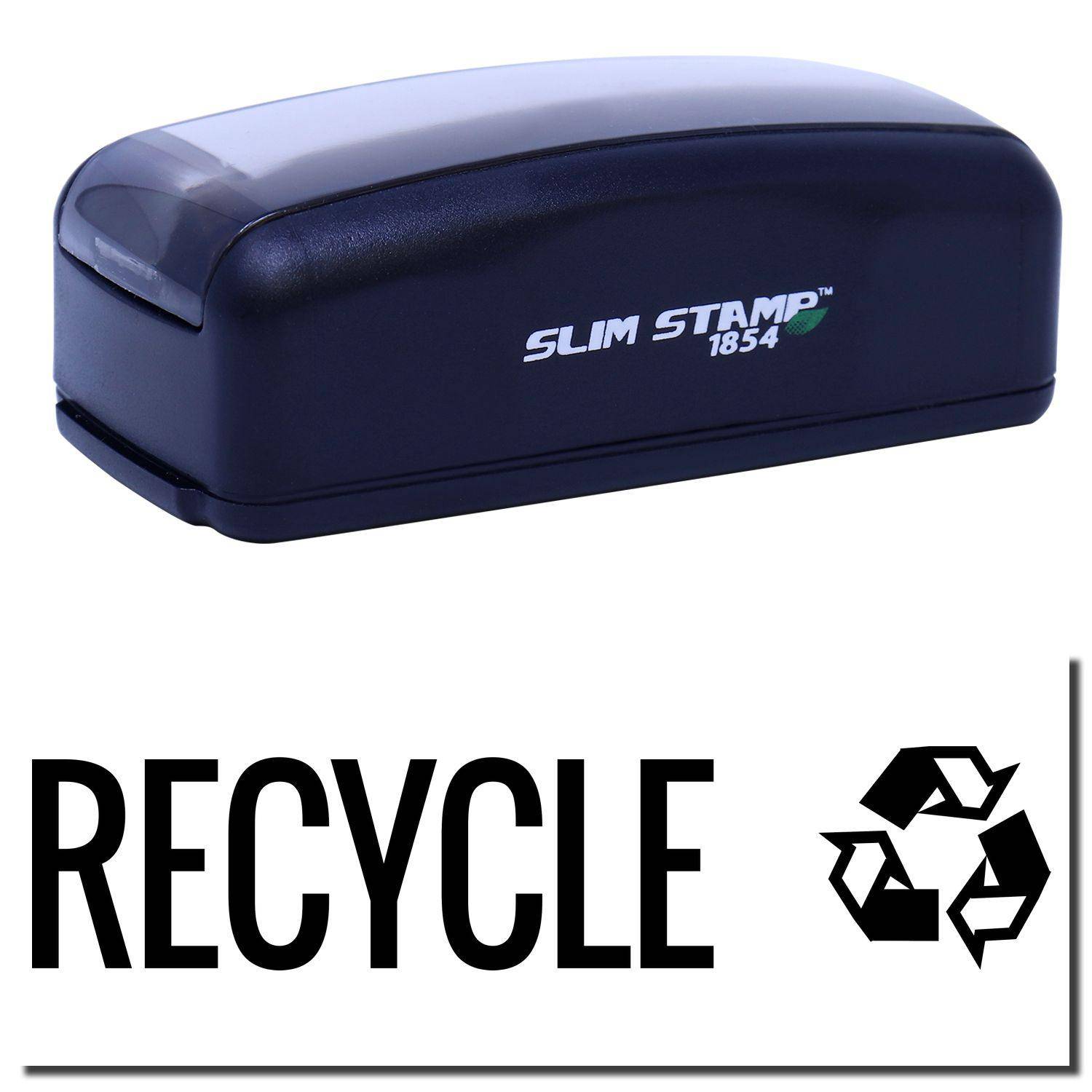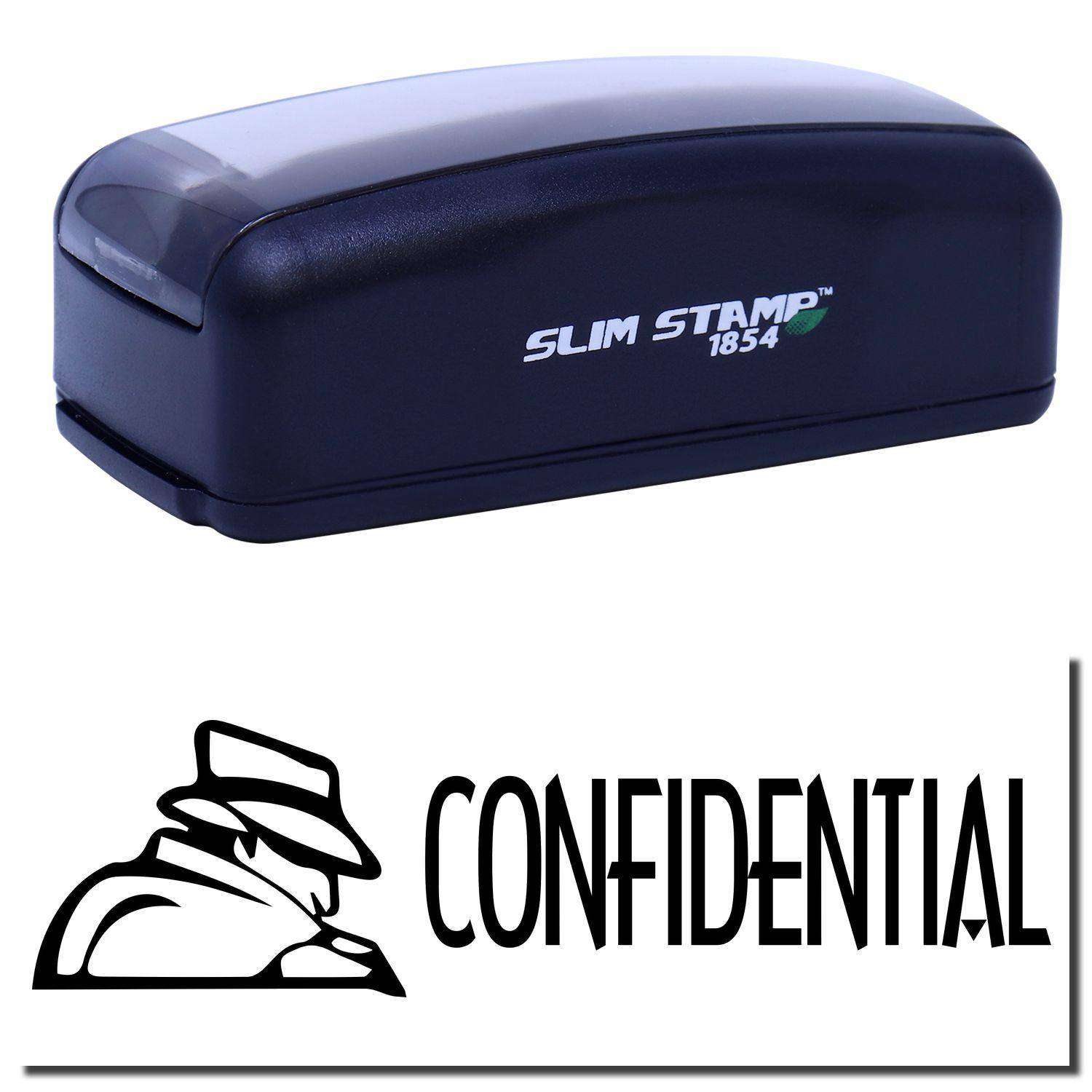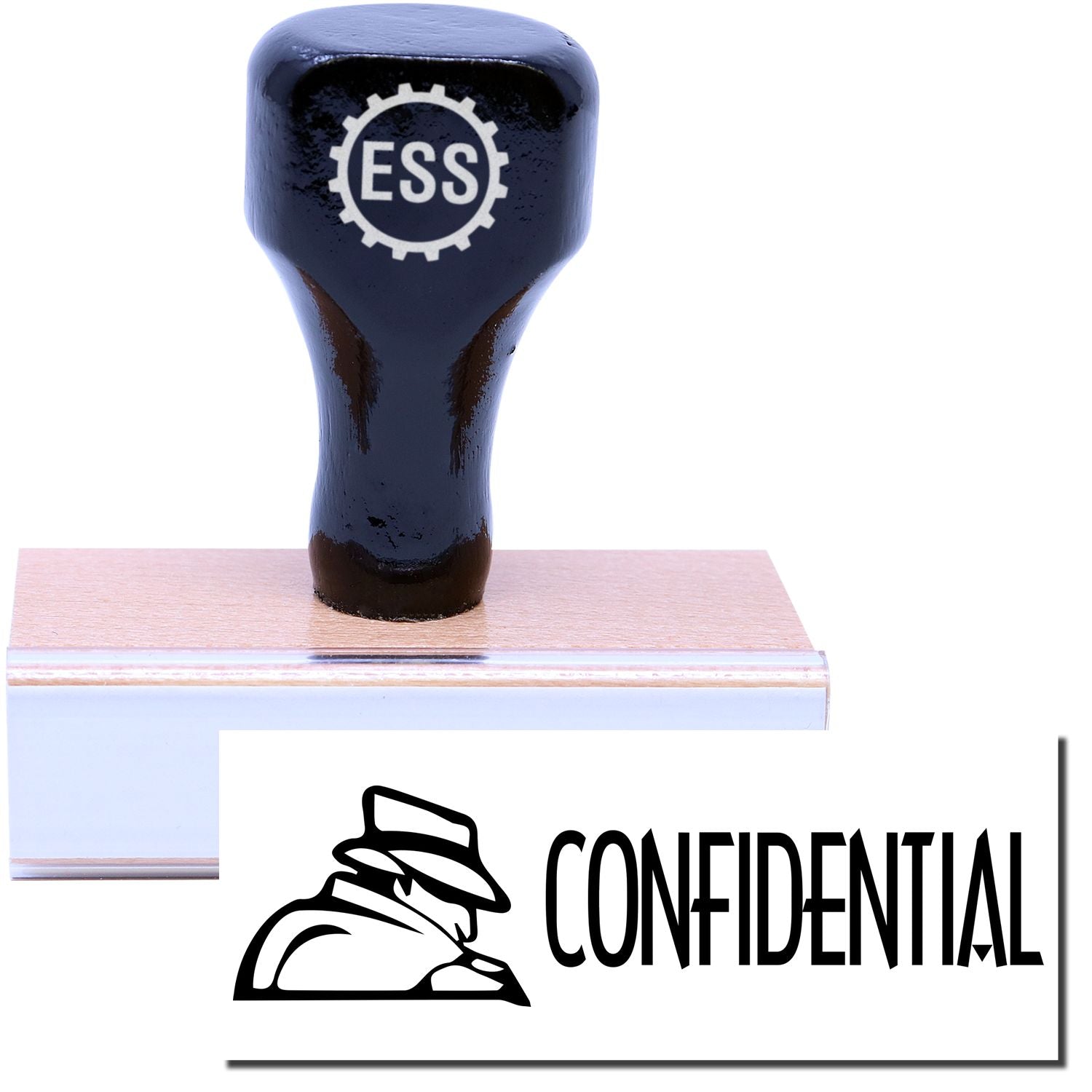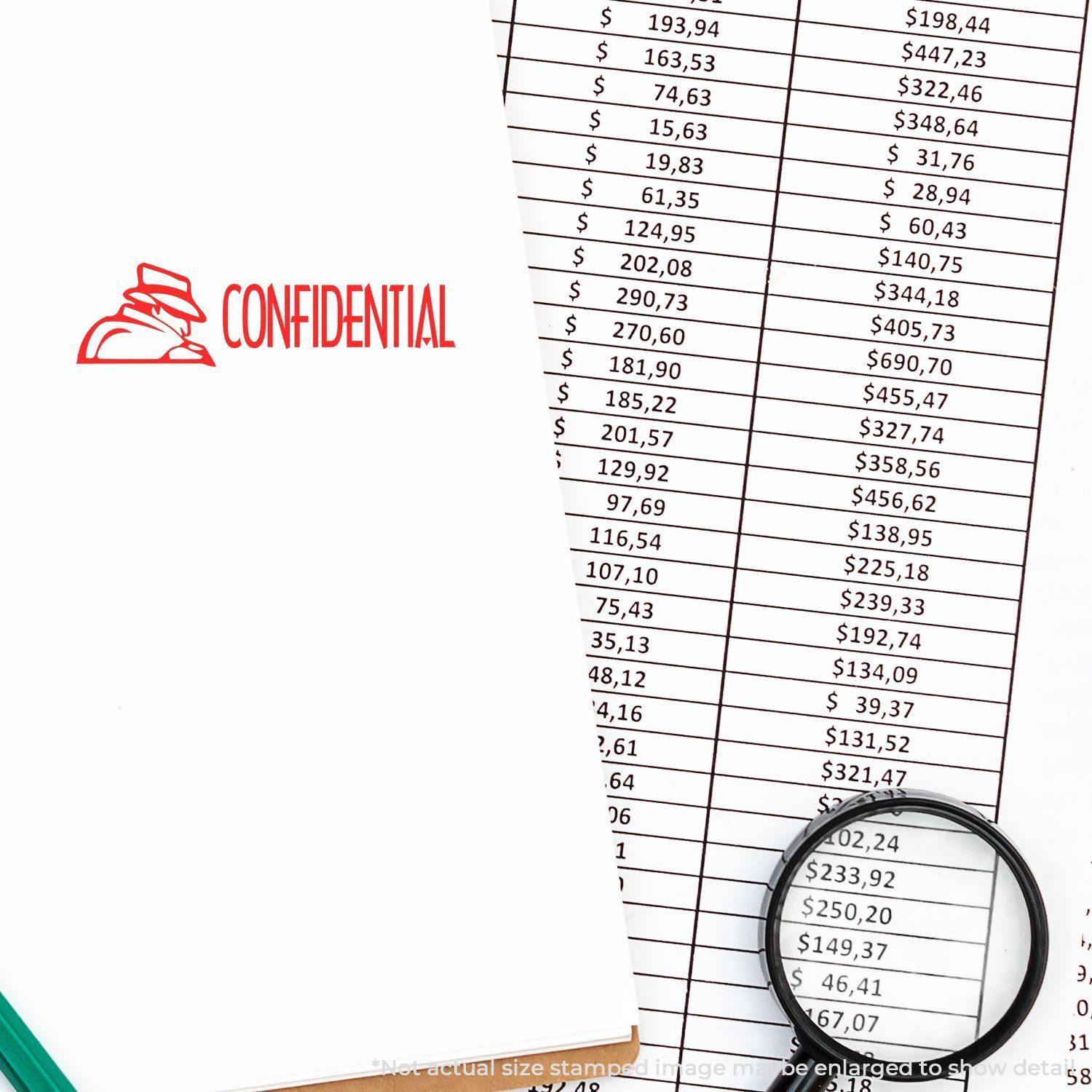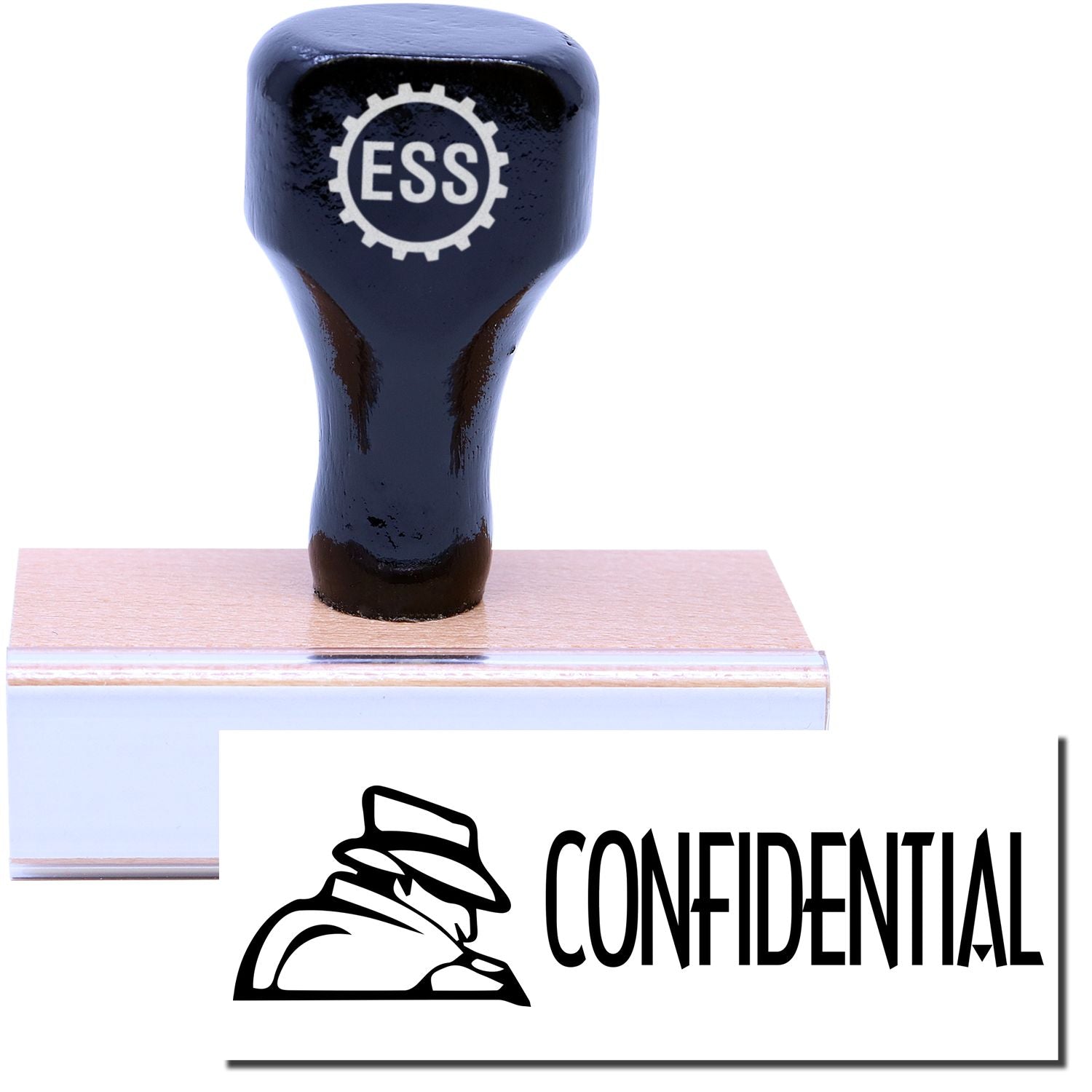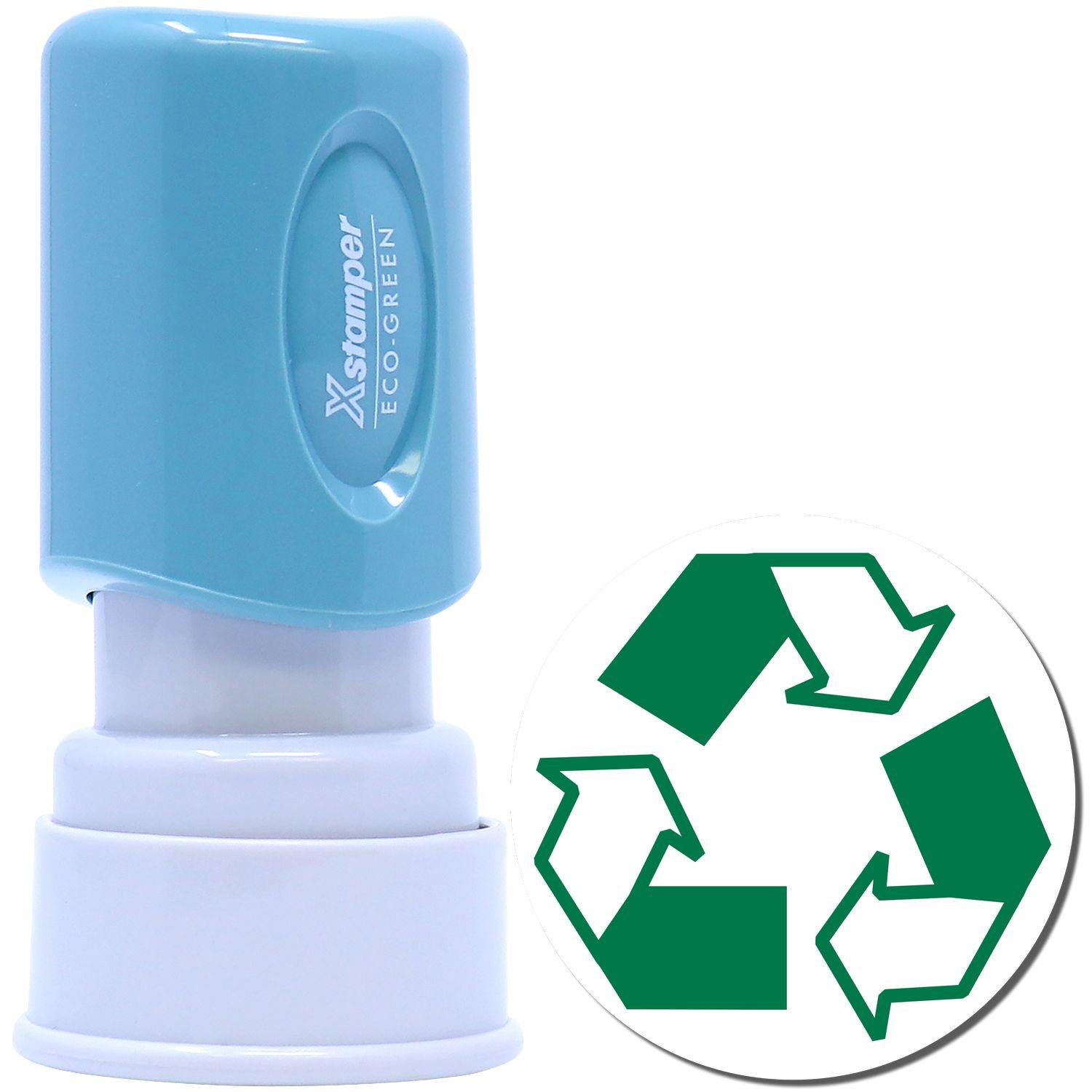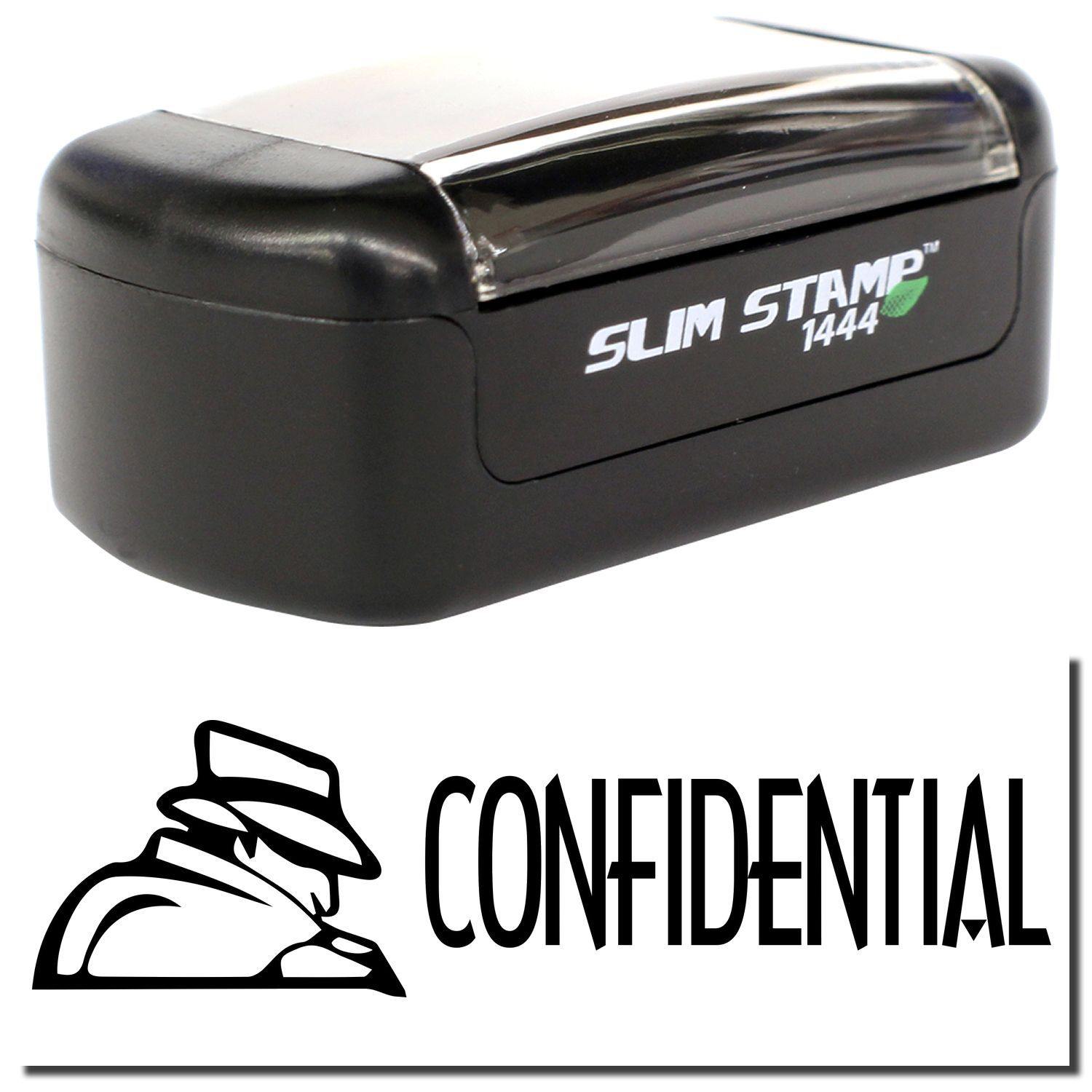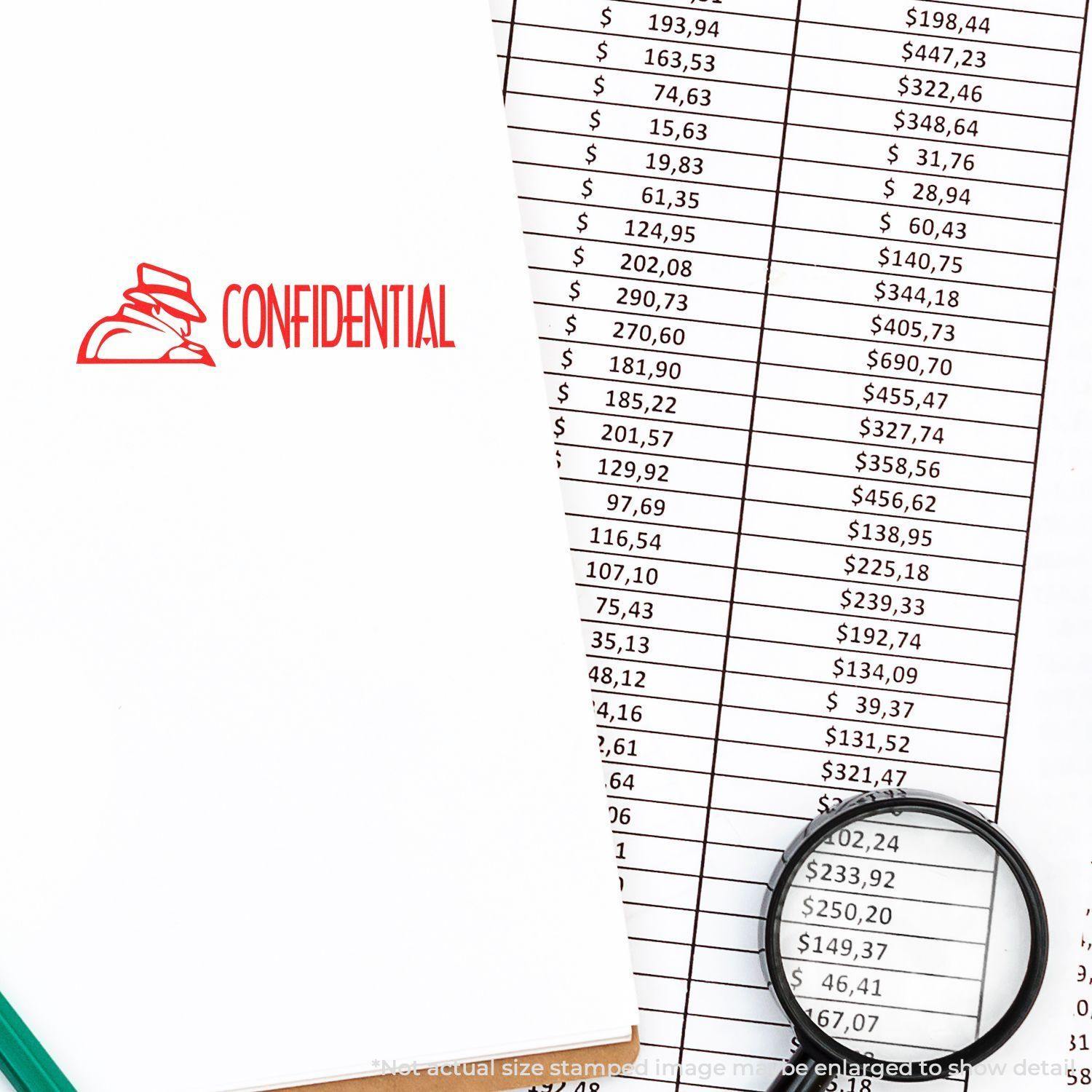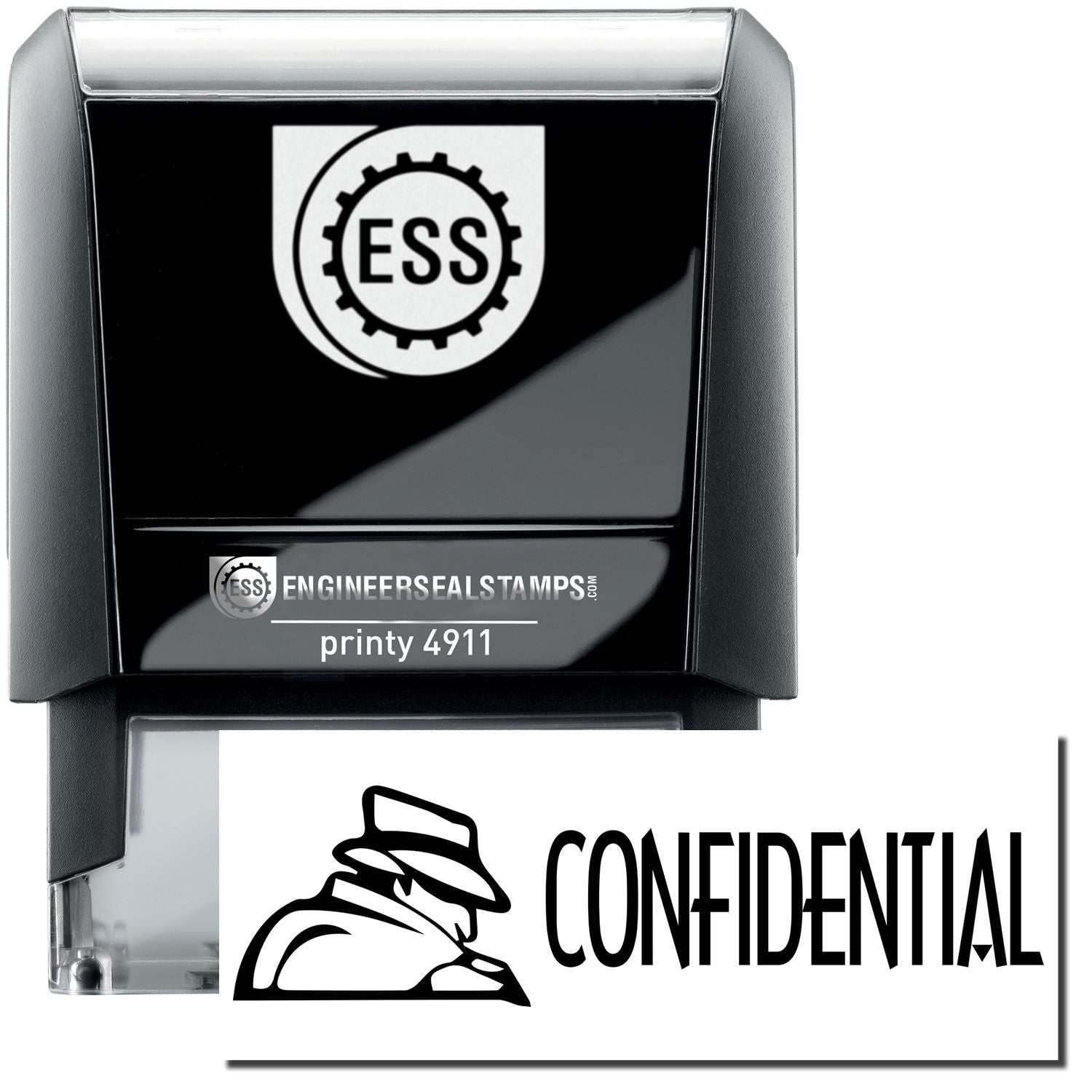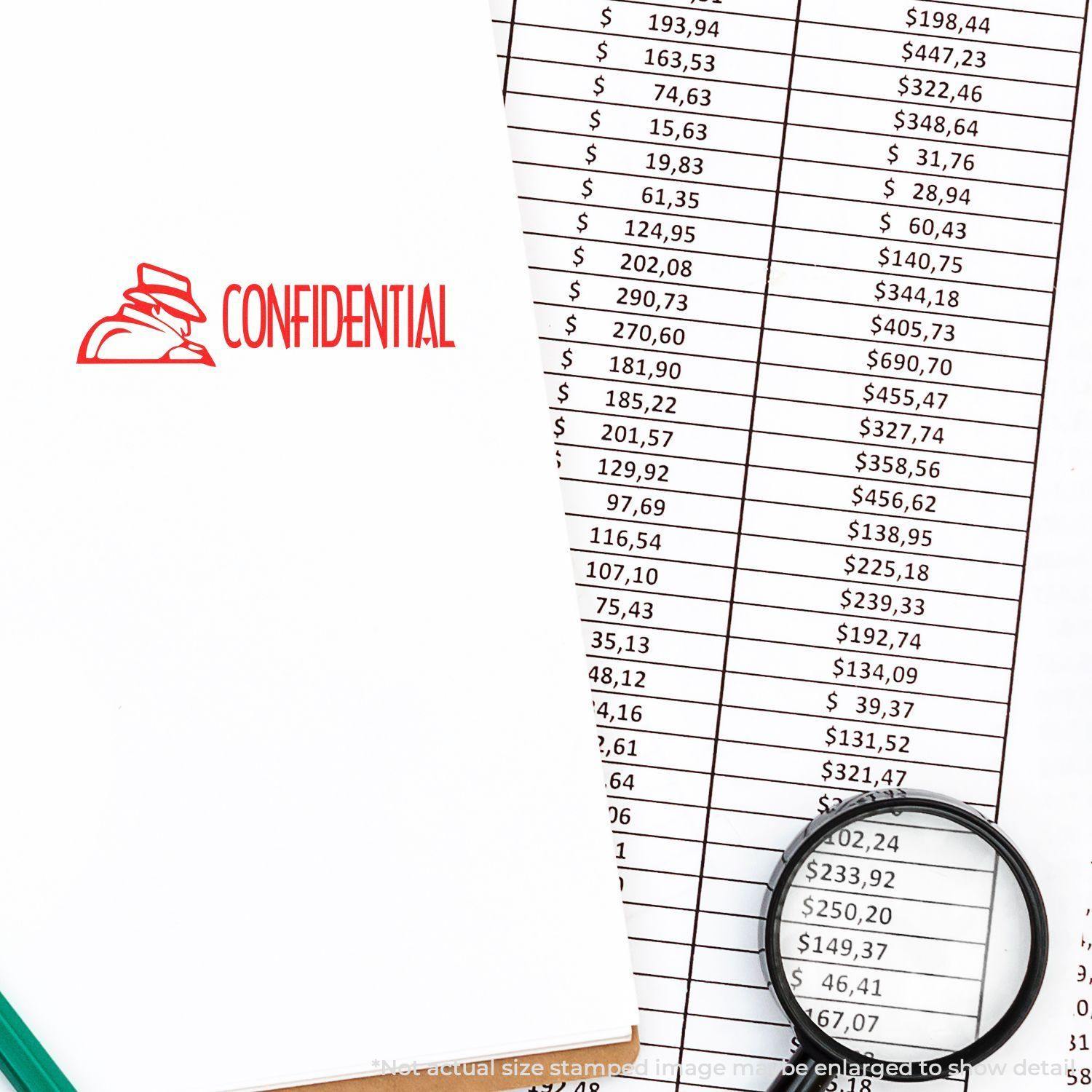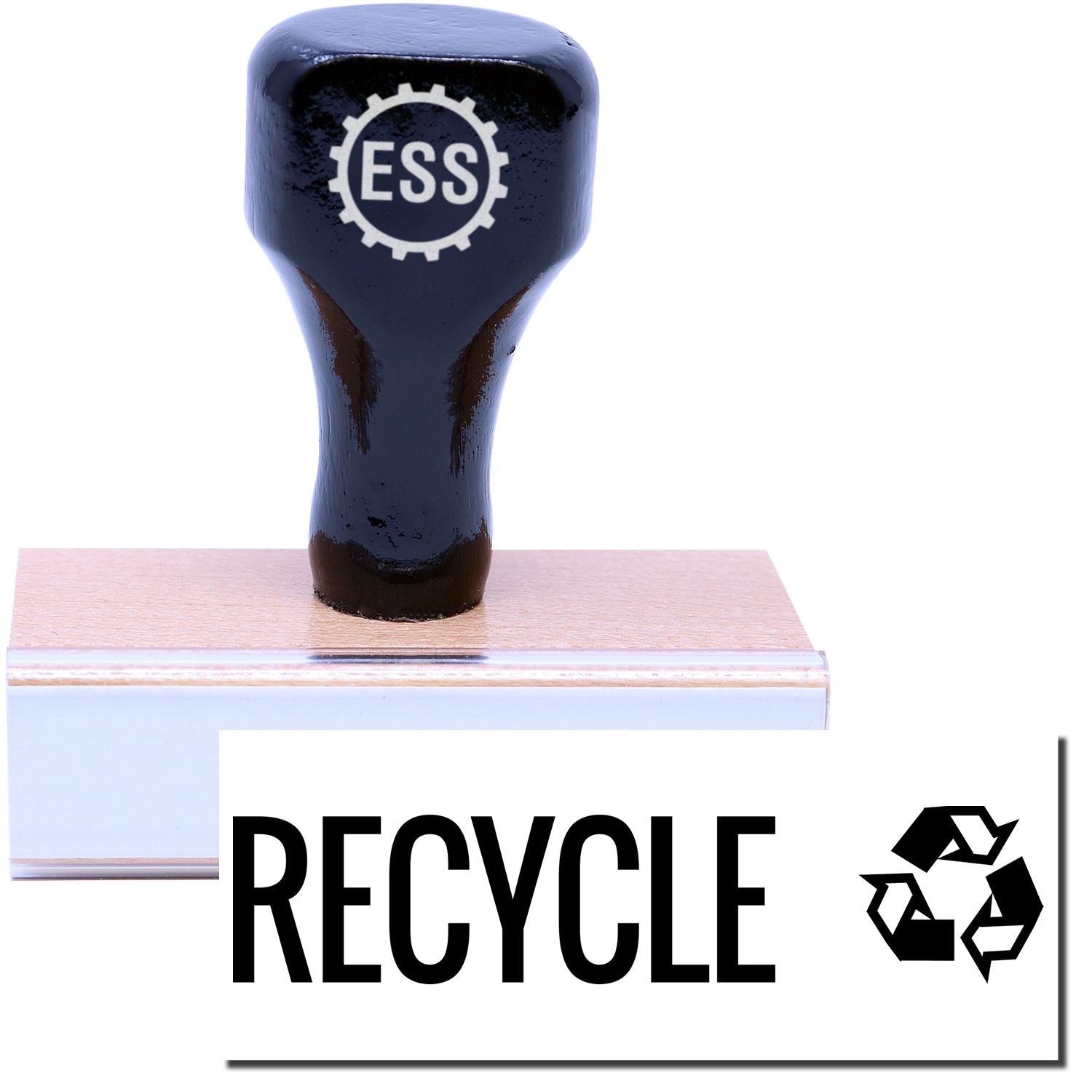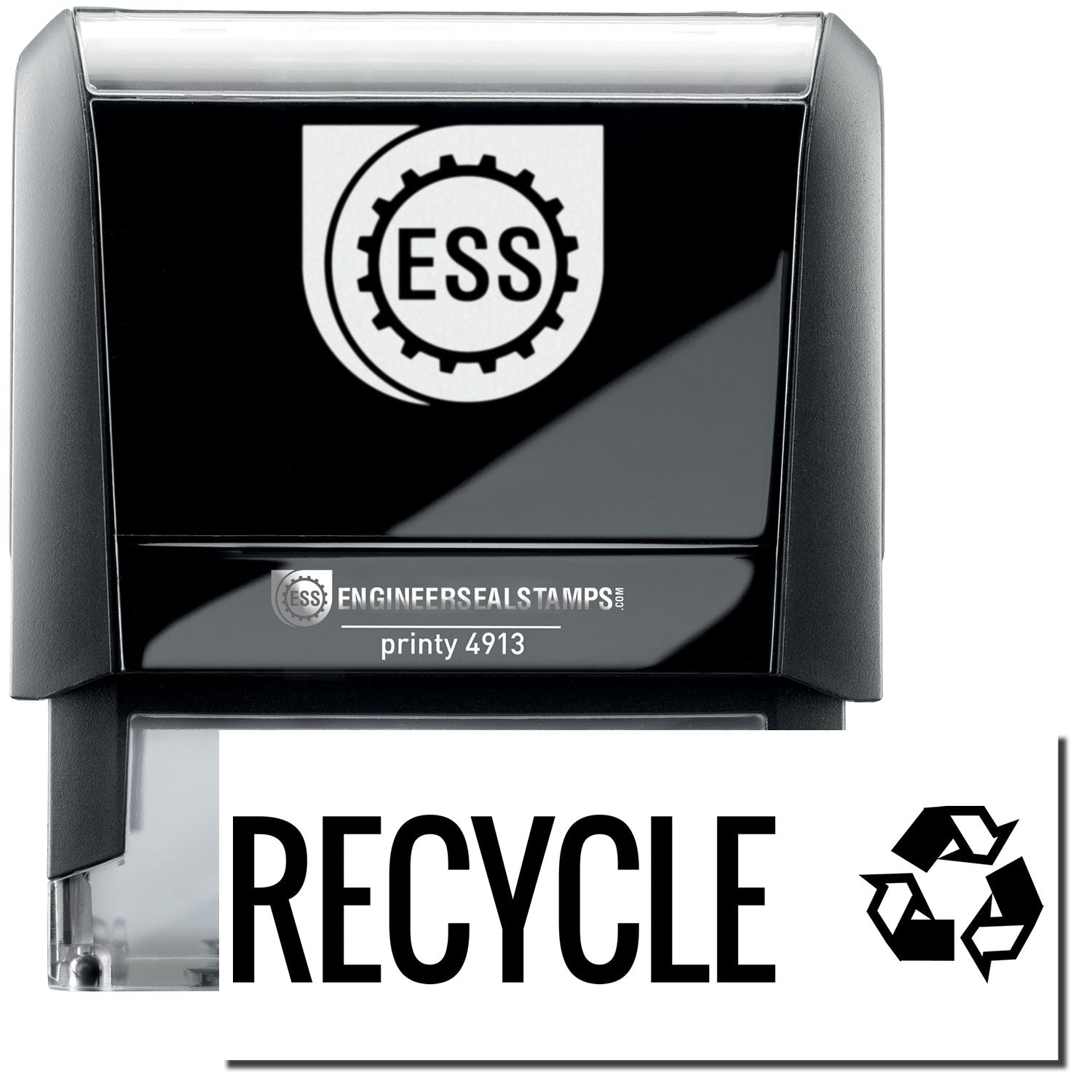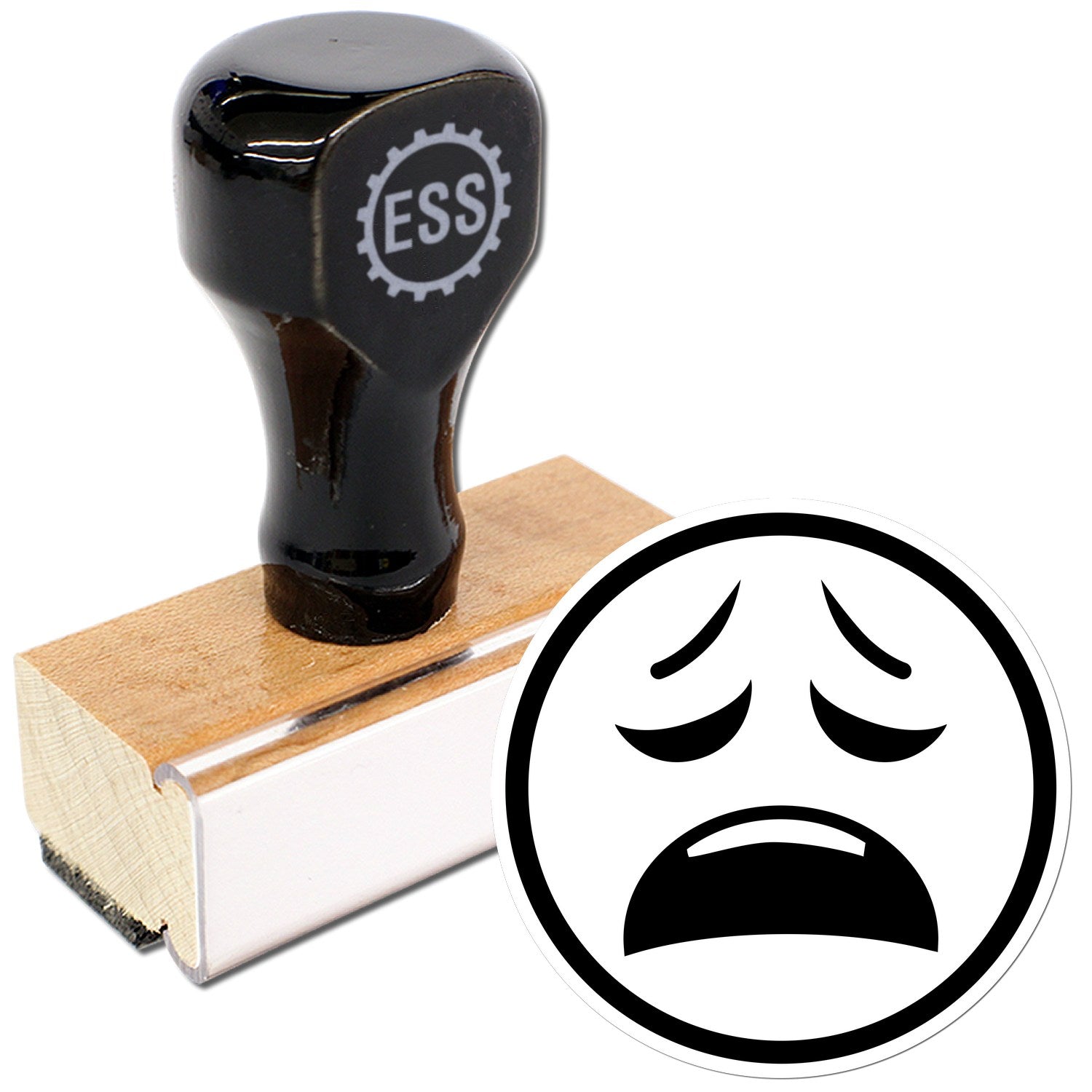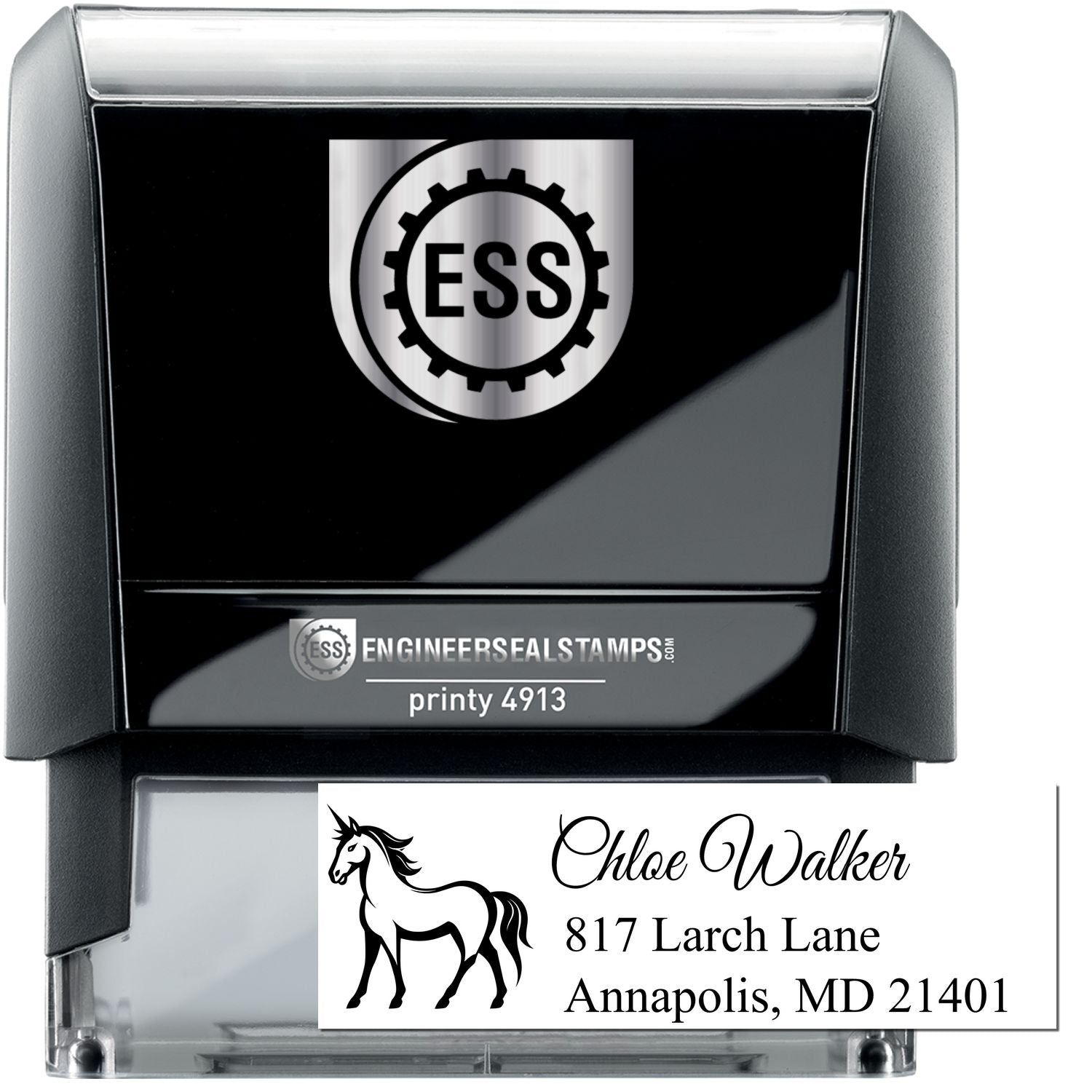The Importance of Inspection Stamps
Inspection stamps play a crucial role in various industries and organizations when it comes to maintaining accuracy, accountability, and efficiency in document management. These stamps serve as a visual indicator that a document or item has been inspected and meets the required standards. In this section, we will explore the role of inspection stamps and the benefits they provide for documents.
Understanding the Role of Inspection Stamps
Inspection stamps are used to mark documents and items that have undergone a thorough inspection process. These stamps typically contain important information such as the inspection date, inspector's name or initials, and any additional relevant details. By stamping documents, organizations can easily identify which items have been inspected and approved, ensuring a smooth workflow and reducing the risk of errors or oversights.
Inspection stamps are commonly used in various industries, including manufacturing, warehousing, packaging, inventory management, and equipment maintenance. They serve as a reliable method to track and verify the inspection status of essential documents, ensuring compliance with regulations and industry standards. To learn more about how inspection stamps are utilized in different sectors, check out our article on inspection stamps.
Benefits of Using Inspection Stamps for Documents
Using inspection stamps for documents offers several benefits that contribute to improved efficiency and organization. Let's explore some of these advantages:
-
Easy identification: Inspection stamps provide a clear visual indication that a document has been inspected, allowing for quick and effortless identification. This is especially useful in fast-paced environments where time is of the essence.
-
Accuracy and accountability: By using inspection stamps, organizations can ensure that each document has been thoroughly reviewed and meets the necessary requirements. This helps maintain accuracy and accountability throughout the inspection process, reducing the risk of errors and promoting quality assurance.
-
Efficient workflow: Inspection stamps streamline document management by providing a standardized and efficient method of marking inspected items. This simplifies the process of tracking and organizing documents, saving valuable time and resources.
-
Compliance and documentation: Inspection stamps play a vital role in meeting regulatory and compliance standards. They serve as documented evidence that inspections have taken place, allowing businesses to demonstrate compliance when required.
To further explore the benefits of inspection stamps for different business needs, such as manufacturing, warehouses, packaging, inventory, and equipment management, refer to our articles on custom inspection stamps.
In summary, inspection stamps are indispensable tools for businesses and organizations that require accurate and accountable document management. By utilizing these stamps, organizations can enhance efficiency, ensure compliance, and maintain a high level of quality control throughout their operations.
Types of Inspection Stamps
When it comes to inspection stamps, there are various types available that cater to different needs and preferences. Each type of stamp offers its own advantages and is suited for specific use cases. Let's explore three common types of inspection stamps: self-inking inspection stamps, pre-inked inspection stamps, and traditional hand-stamp inspection stamps.
Self-Inking Inspection Stamps
Self-inking inspection stamps are a popular choice due to their convenience and ease of use. These stamps have an integrated ink pad that automatically re-inks the stamp after each impression, eliminating the need for separate ink pads. With a simple press, the stamp mechanism rotates and brings the inked design in contact with the surface, creating a clean and clear impression.
Self-inking inspection stamps are ideal for high-volume usage as they offer quick and repetitive stamping without the need for re-inking between impressions. They are commonly used in industries such as manufacturing, warehousing, packaging, inventory management, and equipment maintenance. For more information on the benefits of self-inking inspection stamps, check out our article on self-inking inspection stamps.
Pre-Inked Inspection Stamps
Pre-inked inspection stamps are another popular choice for those seeking a mess-free and efficient stamping experience. These stamps contain ink that is embedded within the stamp die, eliminating the need for a separate ink pad. When pressure is applied, the ink is released onto the surface, resulting in a crisp and precise impression.
Pre-inked inspection stamps offer a larger ink capacity compared to self-inking stamps, allowing for a greater number of impressions before needing to be re-inked. They are known for producing high-quality impressions, making them suitable for applications where fine details or logos need to be clearly displayed. To learn more about customizing pre-inked inspection stamps, refer to our article on custom inspection stamps.
Traditional Hand-Stamp Inspection Stamps
Traditional hand-stamp inspection stamps are the classic option for inspection purposes. These stamps consist of a rubber die mounted on a wooden or plastic handle. To use the stamp, the die is manually inked with a separate ink pad before being pressed onto the surface.
While they require manual re-inking and may take slightly longer to use compared to self-inking and pre-inked stamps, traditional hand-stamp inspection stamps offer the flexibility to use different color inks and can accommodate larger-sized impressions. They are commonly used in applications that require custom designs, such as logos or specific text layouts. For more information on how inspection stamps can benefit your business, visit our article on inspection stamps.
By understanding the different types of inspection stamps available, you can select the one that best suits your specific needs. Whether you prefer the convenience of a self-inking stamp, the precision of a pre-inked stamp, or the versatility of a traditional hand-stamp, there is a stamp type that can help streamline your inspection processes.
Customizing Inspection Stamps
When it comes to inspection stamps, customization is key. Design considerations and personalization options allow you to create stamps that are perfectly suited to your specific needs. Let's explore the design considerations for inspection stamps and the ways in which you can personalize them.
Design Considerations for Inspection Stamps
When designing an inspection stamp, there are a few important factors to consider. These design considerations ensure that the stamp effectively communicates the necessary information and meets your unique requirements:
-
Size: The size of the inspection stamp should be chosen based on the available space on the document or surface where it will be used. Consider the amount of information you need to include and the level of detail required.
-
Layout: Determine the layout of the inspection stamp, including the placement of text and any accompanying graphics or logos. The layout should be clear and easy to read, ensuring that the information is conveyed accurately.
-
Text: The text on the inspection stamp should be concise and informative. It typically includes details such as the inspection type, date, initials or signature, and any additional relevant information. Ensure that the text is legible and properly aligned.
-
Font: Choose a font that is clear and easy to read. Avoid overly decorative or complex fonts that may hinder legibility. Stick to standard fonts that are widely recognized and understood.
-
Color: Select a color scheme that aligns with your organization's branding or industry standards. The color of the inspection stamp can help differentiate between different types of inspections or convey specific meanings.
By considering these design elements, you can create an inspection stamp that effectively communicates information and meets your specific needs.
Personalizing Your Inspection Stamp
Personalization options allow you to make the inspection stamp uniquely yours. Here are some ways you can personalize your inspection stamp:
-
Company Logo: Including your company logo on the inspection stamp adds a professional touch and helps to establish brand recognition.
-
Custom Text: In addition to the necessary inspection details, you can add custom text to the stamp. This could include additional contact information, department names, or any other relevant information specific to your organization.
-
Ink Color: While the main purpose of an inspection stamp is functionality, choosing an ink color that aligns with your branding can add a touch of personalization.
-
Additional Graphics: Depending on your needs, you can incorporate additional graphics or symbols that are relevant to your industry or inspection process.
Remember, the goal of personalization is to make the inspection stamp work seamlessly within your organization's processes while maintaining professionalism and clarity.
Customizing inspection stamps ensures that they meet your specific requirements and reflect your organization's identity. By considering design elements and personalization options, you can create inspection stamps that are efficient, effective, and aligned with your branding. For more information on inspection stamps, check out our article on inspection stamps.
How Inspection Stamps Improve Efficiency
Inspection stamps play a crucial role in various industries by enhancing efficiency and improving processes. By streamlining document workflow, ensuring accuracy and accountability, and enhancing organization and compliance, inspection stamps contribute to a more efficient and effective work environment.
Streamlining Document Workflow
Inspection stamps simplify and expedite the document workflow process. Rather than manually writing or typing repetitive information, a properly designed inspection stamp allows inspectors to quickly mark documents with relevant information in a consistent and legible manner. This not only saves time but also minimizes the chances of errors or omissions.
By automating the documentation process, inspection stamps enable inspectors to focus on the actual inspection tasks, ensuring that inspections are conducted thoroughly and efficiently. With the ability to quickly mark documents, inspectors can move through their workload more swiftly, allowing for faster turnaround times and increased productivity.
Ensuring Accuracy and Accountability
Accuracy and accountability are vital in inspections, as they contribute to the overall integrity and quality of the work being performed. Inspection stamps help maintain accuracy by providing a standardized and consistent method for documenting inspections. By clearly indicating the inspection status, date, and relevant information, inspection stamps reduce the chances of misinterpretation or confusion.
Furthermore, inspection stamps create a visible record of accountability. When an inspector stamps a document, it signifies that the inspection was conducted and provides a clear indication of who performed the inspection. This promotes transparency and ensures that the responsible individuals can be identified, enhancing accountability throughout the inspection process.
Enhancing Organization and Compliance
Organizational efficiency and compliance with industry regulations are crucial aspects of any business or industry. Inspection stamps contribute to both by providing a systematic approach to document control and ensuring compliance with established protocols.
By using inspection stamps, documents can be easily categorized and organized based on the specific inspection criteria. This simplifies the retrieval of information and allows for efficient record-keeping. Additionally, inspection stamps help identify documents that have been inspected, making it easier to track and monitor the progress of inspections.
Furthermore, inspection stamps aid in compliance with industry regulations and standards. They can include important information such as regulatory symbols, standardized codes, or compliance indicators, ensuring that all necessary requirements are met during inspections. This helps businesses maintain regulatory compliance and meet industry standards.
In summary, inspection stamps significantly improve efficiency in various industries. By streamlining document workflow, ensuring accuracy and accountability, and enhancing organization and compliance, inspection stamps contribute to a more streamlined and effective inspection process. For more information on inspection stamps, visit our article on inspection stamps.
Choosing the Right Inspection Stamp
When it comes to selecting an inspection stamp for your document needs, it's important to consider a few key factors. By evaluating your requirements and budget, you can make an informed decision that suits your specific needs.
Factors to Consider When Selecting an Inspection Stamp
-
Stamp Type: There are different types of inspection stamps available, such as self-inking inspection stamps, pre-inked inspection stamps, and traditional hand-stamp inspection stamps. Each type has its own advantages and considerations. For a detailed comparison of these stamp types, you can refer to our article on inspection stamps.
-
Durability: Consider the durability of the stamp and its ability to withstand frequent use. Look for stamps made from high-quality materials that can withstand the demands of your inspection processes. The stamp should be able to create clear and consistent impressions without wearing out quickly.
-
Customization Options: Depending on your specific requirements, you may need a stamp that can be customized with specific text, logos, or symbols. Custom inspection stamps allow you to personalize the stamp to align with your business or industry needs. For more information on customizing inspection stamps, refer to our article on custom inspection stamps.
-
Ink Color: Consider the color of ink that best suits your needs. Black ink is commonly used, but other colors are available to meet specific requirements or to differentiate between different types of inspections.
-
Plate Size: The size of the stamping plate is an important consideration. Depending on the size and nature of the documents you need to stamp, you may require a larger plate for clear and legible imprints. Evaluate your document sizes and ensure that the stamp plate can accommodate them.
Evaluating Your Needs and Budget
It's crucial to evaluate your specific needs and budget when selecting an inspection stamp. Consider the following points:
-
Volume of Inspections: Assess the frequency and volume of inspections you conduct. If you have a high volume of inspections, you might benefit from a self-inking or pre-inked inspection stamp that offers quick and efficient stamping capabilities.
-
Industry Requirements: Different industries may have specific requirements for inspection stamps. For example, manufacturing, warehouses, packaging, inventory management, and equipment maintenance may each have unique stamping needs. Consider the specific requirements of your industry when selecting an inspection stamp. You can refer to our industry-specific articles on inspection stamps for business, inspection stamps for manufacturing, inspection stamps for warehouses, inspection stamps for packaging, inspection stamps for inventory, and inspection stamps for equipment for more information.
-
Budget: Set a budget for your inspection stamp purchase. Consider the long-term value and durability of the stamp rather than solely focusing on the initial cost. Investing in a high-quality inspection stamp can save you money in the long run by providing consistent and reliable performance.
By carefully considering these factors and evaluating your specific needs and budget, you can choose the right inspection stamp for your document requirements. Ensure that the stamp meets your industry standards, offers customization options, and is built to withstand the demands of your inspection processes.
Best Practices for Using Inspection Stamps
To fully maximize the benefits of inspection stamps for your document management, it's important to follow best practices for their proper usage, maintenance, and organization. By adhering to these practices, you can ensure the longevity and effectiveness of your inspection stamps.
Proper Usage and Technique
When using inspection stamps, it's essential to employ the correct usage and technique to obtain clear and consistent impressions. Here are some best practices to consider:
- Ink application: Ensure that the stamp is properly inked before each use. If you're using a self-inking inspection stamp, make sure the ink pad is adequately saturated. For pre-inked inspection stamps, make sure the ink reservoir is properly filled. If you're using a traditional hand-stamp inspection stamp, apply a thin, even layer of ink to the stamp's surface using an ink pad.
- Alignment: Align the stamp carefully with the document or surface to ensure accurate placement. Take your time to position the stamp correctly to avoid smudging or overlapping impressions.
- Pressure: Apply consistent and even pressure when stamping to achieve a clear and legible imprint. Avoid pressing too lightly, as this can result in incomplete or faint impressions. Conversely, avoid pressing too hard, as it may cause blurry or smudged imprints.
- Drying time: Allow the stamped area to dry completely before handling or stacking documents. This prevents smearing or smudging of the stamped impression.
By following these guidelines, you can ensure that your inspection stamps consistently produce professional and accurate results.
Maintenance and Care for Inspection Stamps
Regular maintenance and care are essential to prolong the life of your inspection stamps and maintain their functionality. Here are some best practices for maintenance and care:
- Cleaning: Clean your inspection stamps regularly to prevent ink buildup and maintain optimal performance. For self-inking and pre-inked inspection stamps, refer to the manufacturer's instructions for proper cleaning methods. Traditional hand-stamp inspection stamps can be cleaned with a mild soap and water solution, followed by thorough drying.
- Storage: Store your inspection stamps in a clean and dry environment to prevent damage and preserve their quality. If your inspection stamp is equipped with a cover or cap, use it to protect the stamp's surface from dust and debris.
- Ink replacement: Monitor the ink levels of your self-inking and pre-inked inspection stamps. Replace ink pads or refill ink reservoirs as needed to maintain consistent and clear impressions. Refer to the manufacturer's guidelines for specific instructions on ink replacement.
By incorporating these maintenance practices into your routine, you can ensure that your inspection stamps remain in optimal condition, providing reliable and efficient performance.
Storing and Organizing Stamps for Easy Access
Efficient storage and organization of your inspection stamps are crucial for easy access and streamlined document workflows. Consider the following best practices:
- Designate a dedicated space: Create a designated area for storing your inspection stamps. This could be a drawer, shelf, or storage container specifically allocated for stamp organization.
- Labeling: Use clear labels to identify each inspection stamp, especially if you have multiple stamps for different purposes or departments. Clearly labeling the stamps will facilitate easy identification and prevent confusion.
- Categorization: Group your inspection stamps based on their use, function, or department. This categorization will help you locate the appropriate stamp quickly, reducing search time and improving efficiency.
- Accessibility: Place frequently used inspection stamps within easy reach to minimize retrieval time. Consider storing them in a location that is easily accessible to authorized personnel.
By implementing effective storage and organization strategies, you can ensure that your inspection stamps are readily available when needed, promoting efficient document management and streamlined processes.
Adhering to these best practices for using, maintaining, and organizing your inspection stamps will help you optimize their effectiveness and durability. Remember to consult our articles on inspection stamps, custom inspection stamps, and other related topics for further information on choosing the right inspection stamps for your business needs.
About ESS
At Engineer Seal Stamps (ESS), we aren't just makers; we're dedicated craftsmen passionate about bringing precision to your fingertips. Specializing in the creation of custom rubber stamps, professional seals, and notary stamps, our expertise is underpinned by a steadfast commitment to stellar customer service. Every ESS product isn't just a tool, but a promise—backed by our state board guarantee, ensuring that each seal and stamp you receive from us is of impeccable standard. Our dedication extends beyond the product; we pride ourselves on being responsive, attentive, and always in tune with our customers' needs. Choose ESS, where excellence meets assurance, and every impression counts.




